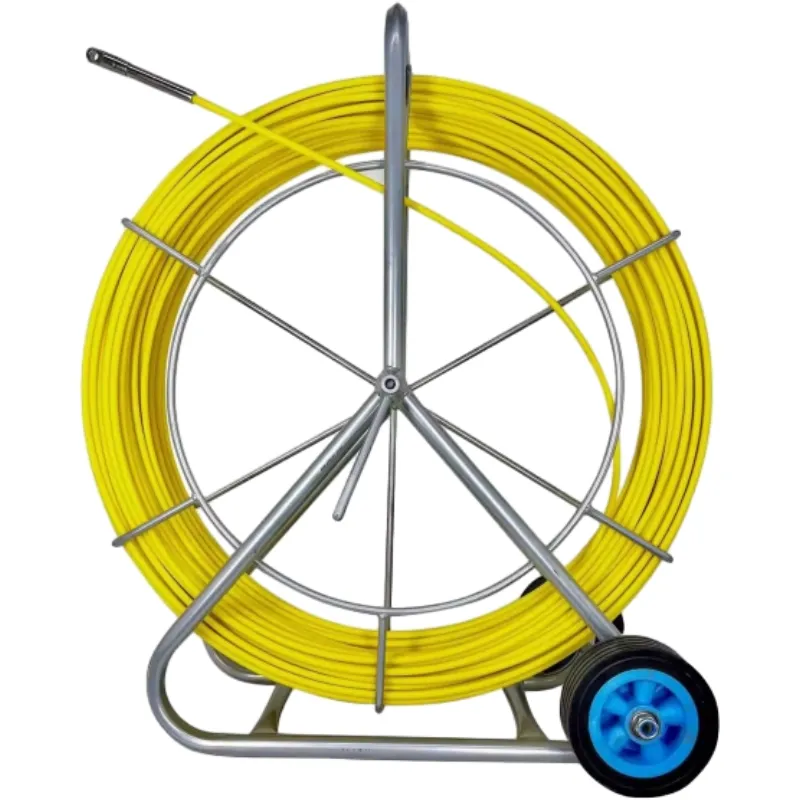
-
 Afrikaans
Afrikaans -
 Albanian
Albanian -
 Amharic
Amharic -
 Arabic
Arabic -
 Armenian
Armenian -
 Azerbaijani
Azerbaijani -
 Basque
Basque -
 Belarusian
Belarusian -
 Bengali
Bengali -
 Bosnian
Bosnian -
 Bulgarian
Bulgarian -
 Catalan
Catalan -
 Cebuano
Cebuano -
 Corsican
Corsican -
 Croatian
Croatian -
 Czech
Czech -
 Danish
Danish -
 Dutch
Dutch -
 English
English -
 Esperanto
Esperanto -
 Estonian
Estonian -
 Finnish
Finnish -
 French
French -
 Frisian
Frisian -
 Galician
Galician -
 Georgian
Georgian -
 German
German -
 Greek
Greek -
 Gujarati
Gujarati -
 Haitian Creole
Haitian Creole -
 hausa
hausa -
 hawaiian
hawaiian -
 Hebrew
Hebrew -
 Hindi
Hindi -
 Miao
Miao -
 Hungarian
Hungarian -
 Icelandic
Icelandic -
 igbo
igbo -
 Indonesian
Indonesian -
 irish
irish -
 Italian
Italian -
 Japanese
Japanese -
 Javanese
Javanese -
 Kannada
Kannada -
 kazakh
kazakh -
 Khmer
Khmer -
 Rwandese
Rwandese -
 Korean
Korean -
 Kurdish
Kurdish -
 Kyrgyz
Kyrgyz -
 Lao
Lao -
 Latin
Latin -
 Latvian
Latvian -
 Lithuanian
Lithuanian -
 Luxembourgish
Luxembourgish -
 Macedonian
Macedonian -
 Malgashi
Malgashi -
 Malay
Malay -
 Malayalam
Malayalam -
 Maltese
Maltese -
 Maori
Maori -
 Marathi
Marathi -
 Mongolian
Mongolian -
 Myanmar
Myanmar -
 Nepali
Nepali -
 Norwegian
Norwegian -
 Norwegian
Norwegian -
 Occitan
Occitan -
 Pashto
Pashto -
 Persian
Persian -
 Polish
Polish -
 Portuguese
Portuguese -
 Punjabi
Punjabi -
 Romanian
Romanian -
 Russian
Russian -
 Samoan
Samoan -
 Scottish Gaelic
Scottish Gaelic -
 Serbian
Serbian -
 Sesotho
Sesotho -
 Shona
Shona -
 Sindhi
Sindhi -
 Sinhala
Sinhala -
 Slovak
Slovak -
 Slovenian
Slovenian -
 Somali
Somali -
 Spanish
Spanish -
 Sundanese
Sundanese -
 Swahili
Swahili -
 Swedish
Swedish -
 Tagalog
Tagalog -
 Tajik
Tajik -
 Tamil
Tamil -
 Tatar
Tatar -
 Telugu
Telugu -
 Thai
Thai -
 Turkish
Turkish -
 Turkmen
Turkmen -
 Ukrainian
Ukrainian -
 Urdu
Urdu -
 Uighur
Uighur -
 Uzbek
Uzbek -
 Vietnamese
Vietnamese -
 Welsh
Welsh -
 Bantu
Bantu -
 Yiddish
Yiddish -
 Yoruba
Yoruba -
 Zulu
Zulu


Aug . 09, 2024 02:25 Back to list
A Comprehensive Guide to Understanding and Using Keeper Winches Effectively for Your Needs
The Keeper Winch A Key Component in Modern Hoisting Solutions
In the world of heavy lifting and material handling, the keeper winch has emerged as a pivotal tool, streamlining various industrial processes. A keeper winch, characterized by its robust design and superior functionality, plays a crucial role in both construction and manufacturing sectors. This article explores the components, operation, advantages, and applications of keeper winches, highlighting their significance in modern hoisting solutions.
Understanding Keeper Winches
At its core, a keeper winch is a mechanical device designed to lift and lower heavy loads. It typically consists of a rotating drum, a motor, and a system of gears that enhance its lifting capability. The term keeper refers to the device's ability to hold and secure the drum's position, ensuring stability during lifting operations. Depending on the model, keeper winches can be operated manually or electronically, making them versatile tools for various lifting applications.
How It Works
The operation of a keeper winch is straightforward yet highly effective. When the motor engages, it rotates the drum, which winds the attached cable or rope, thereby lifting the load. The keeper mechanism ensures that the load remains secure during this process, preventing any accidental drops. When lowering the load, the keeper winch allows for controlled descent, which is critical in preventing damage to both the load and the surrounding environment. This precision makes keeper winches ideal for tasks that require careful handling of heavy or delicate materials.
Advantages of Using Keeper Winches
1. Safety One of the primary advantages of keeper winches is the enhanced safety they offer. The keeper mechanism secures the load, minimizing the risk of accidents. This feature is particularly important in environments where workers are in close proximity to heavy equipment.
keeper winch

2. Efficiency Keeper winches are designed to lift heavy loads with minimal effort. Their mechanical advantage allows for a reduction in the required physical exertion, making lifting operations quicker and more efficient. This efficiency can lead to a significant increase in productivity in industrial settings.
3. Versatility Available in various sizes and capacities, keeper winches can accommodate a wide range of applications. Whether in construction sites, warehouses, or shipping yards, these winches can be adapted to handle different types of loads and materials.
4. Durability Constructed with high-quality materials, keeper winches are built to withstand the rigors of industrial use. Their sturdy design ensures longevity and reliability, reducing the need for frequent replacements or repairs.
Applications of Keeper Winches
Keeper winches find applications across a myriad of industries. In construction, they are used for hoisting materials like steel beams and concrete blocks. In shipping and logistics, keeper winches facilitate the loading and unloading of cargo containers. In manufacturing, they serve in assembly lines where heavy components need to be lifted and positioned accurately. Furthermore, their usefulness extends to recreational activities, such as off-road vehicle recovery and marine applications, including sailboat rigging.
Conclusion
The keeper winch is an indispensable component of modern hoisting solutions, offering safety, efficiency, and versatility across various industries. Its robust design and reliable performance have made it a preferred choice for businesses looking to enhance their lifting operations. As technology continues to evolve, the keeper winch will likely see further advancements, ensuring that it remains a crucial tool in industrial applications for years to come. In an era where safety and efficiency are paramount, investing in high-quality keeper winches is not just smart; it is essential for any operation that involves heavy lifting.
Latest news
What Are Construction Tools and How Are They Used?
NewsJul.11,2025
Professional-Grade Duct Rodding Tools for Superior Cable Installation
NewsJul.11,2025
Enhancing Safety and Efficiency with Modern Hot Stick Solutions
NewsJul.11,2025
Empowering Cable Installation with Advanced Rodder Solutions
NewsJul.11,2025
Elevate Your Cable Installation Projects with Cable Pulling Tools
NewsJul.11,2025
Efficient Cable Handling Solutions: Cable Rollers for Sale
NewsJul.11,2025











